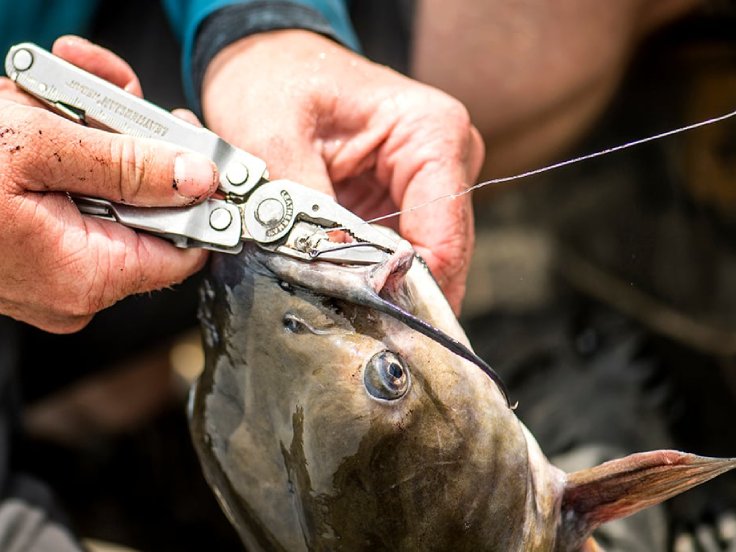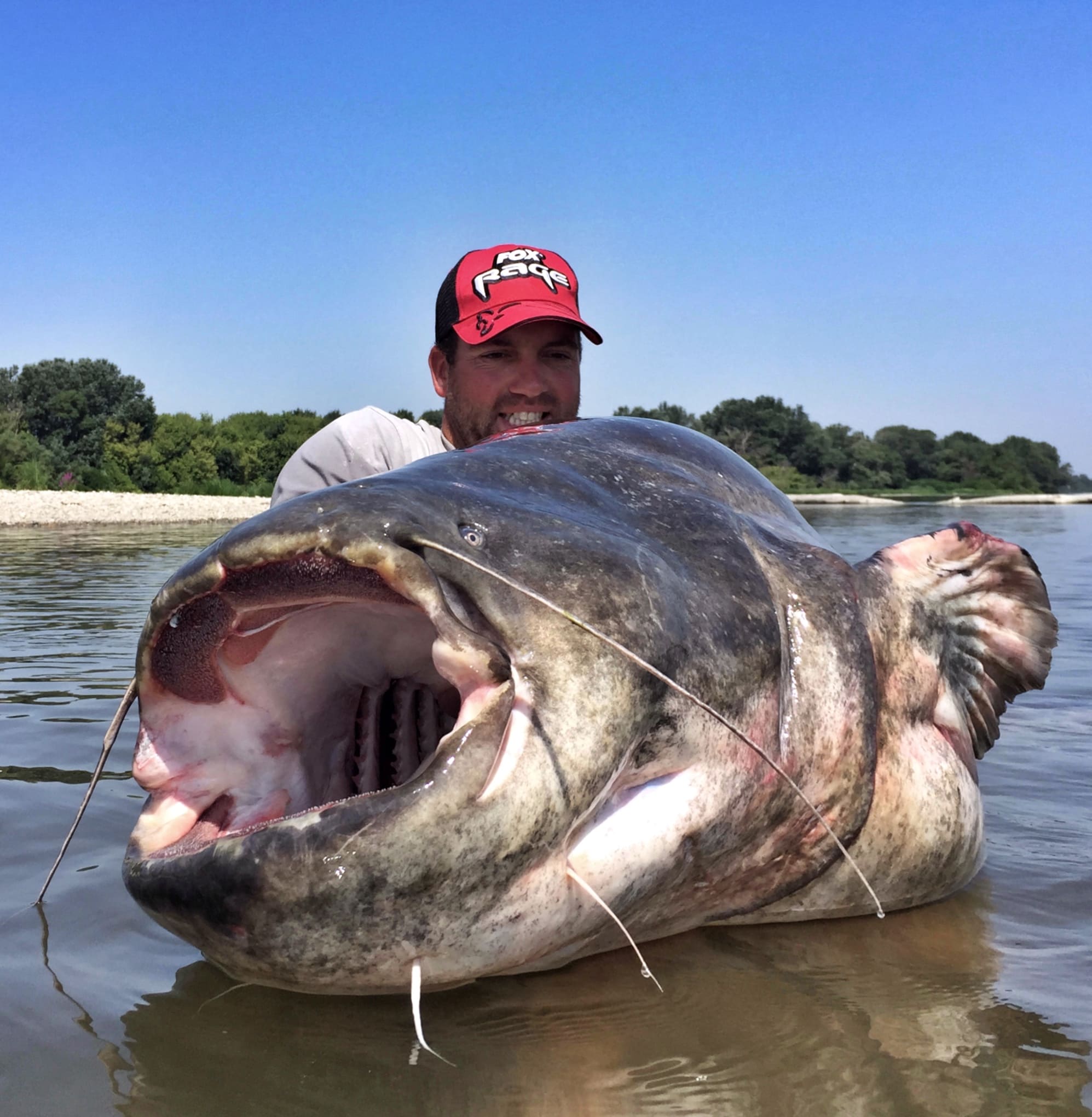
The catfish is a freshwater fish that is the victim of many prejudices. Its extraordinary size makes it both sought-after for catfish sport fishing and rejected because of its possible negative impact on other fish.
But what is the reality? Is the catfish a harmful species? We hear all kinds of fashions about this fish.
Like many carnivores, the catfish feeds on fish and crayfish. At first glance, its diet is similar to that of other carnivores. However, the question arises as to how much the animal actually eats.
Dog-eaters in the newspapers, bloodthirsty killers of migratory fish or simply a quiet force just trying to make its mark in our French rivers? Let's find out more and get to know this magnificent freshwater fish.
The catfish is a predator like the pike
.jpg)
Like many species of fish, the catfish is a predator. It feeds on other fish such as bream, roach and carp. Like pike, sheatfish do not hesitate to attack other catfish.
It is a self-regulating fish. However, fish do not represent its entire diet. The catfish is an opportunistic fish that feeds on what it finds. Crayfish, molluscs, small mammals and amphibians (frogs, newts) are all part of the catfish's extensive menu.
What's more, their poor eyesight means they can't always choose what to eat. Stomach samples taken by Jean Claude Tanzilli from several fish in the Tarn revealed the presence of birds as well as sanitary towels and wipes. Although the catfish is a large fish with a strong need to feed, I doubt it would be attracted by common rubbish.
Like many other fish, the catfish is an opportunistic predator that feeds on what it finds. That's why you won't fish for catfish with the same bait in the same biotope.
Where can you find catfish?

The silurus glanis is thought to have appeared in French rivers from the 1850s onwards. Despite its somewhat exotic profile, the catfish is a fish that originated on the European continent, more specifically in the Danube River, which rises in Germany and ends its course in the Ukraine.
As for its arrival in France, several sources contradict each other. Some claim that the catfish arrived naturally via the Rhine, others that it was deliberately introduced by sport fishermen.
By 2022, its population had spread throughout France. This freshwater golgoth can be found in almost all of France's rivers, as well as in some natural lakes and reservoirs. Rivers such as the Rhône, Garonne, Tarn, Loire and Seine are real hot spots for catfish fishing.
Our article Top 10 biggest catfish caught will tell you where the biggest specimens are hiding.
This large animal has managed to find its place among the other species and to be accepted by many anglers.
Catfish can also be found in lakes. The Saint Cassien lake is a favourite for fishing for this giant. Smaller lakes are also great places to catch both big and small fish. However, some people hate catfish to the point of killing them and leaving them on the banks of rivers.
Is catfish a harmful fish?

First and foremost, it is important to know that catfish are not classified as harmful species. The wels catfish is above all a fish that is a victim of its size. We regularly see articles about small dogs or even men being attacked by catfish that are, to say the least, "put* a clic".
There is a lot of talk about this mysterious and unattractive animal, but does that mean we should blame it? Catfish reproduce in water at around 20°C. Its reproduction can therefore be rapid, depending on the biotopes in which it lives. Since its arrival in France, there has been a population peak similar to that observed when the pike-perch was introduced.
If you're wondering when is the best time to go fishing for this species, our article When to fish for catfish in France should answer all your questions.
This population increase has frightened many anglers and nature lovers. However, studies carried out in collaboration with fishing federations have shown that catfish self-regulate according to the number of prey available and pose no danger to other fish.
However, its population has been closely monitored since large catfish were observed near dams. The catfish is thought to have found migratory fish as a source of food.
The impact on this category of fish is currently being monitored. Nature and the people who live in it are a complex world that needs to be studied. Observing our environment means learning to recognise it.
